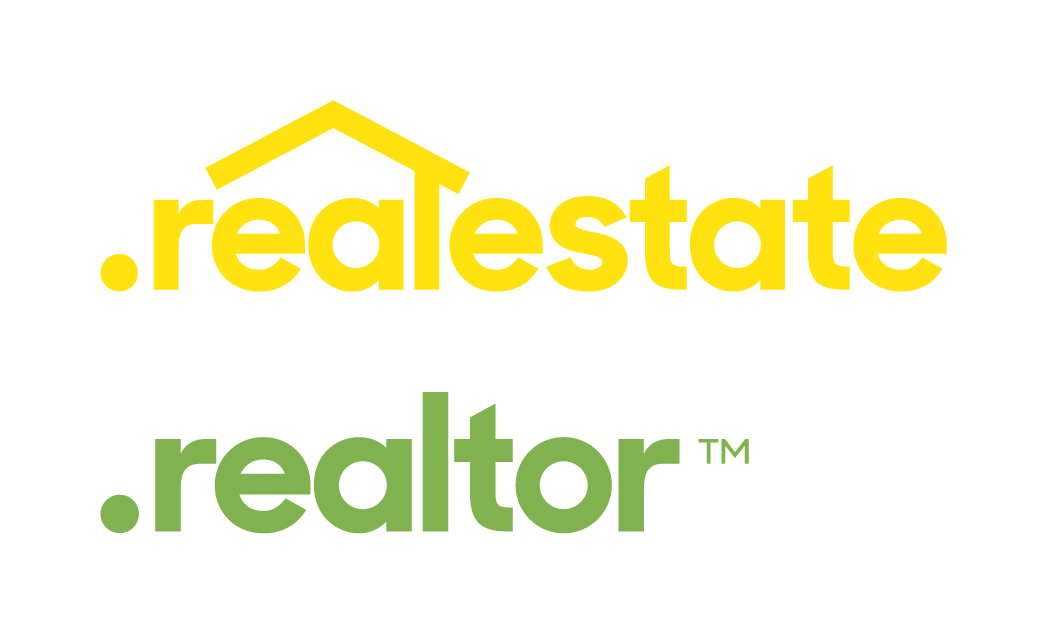Home Sweet Home, Together: Navigating Multigenerational Home Buying
Introduction
Forget the nuclear family; multigenerational living is the modern answer to a happier, more affordable, and fulfilling life. And with careful planning, buying a home together can be the foundation for this rewarding lifestyle. The decision to embrace multigenerational living often goes hand-in-hand with the desire to find a home that can comfortably accommodate everyone. While this can be an exciting prospect, it also presents unique challenges.
How do you find a property that meets the needs of multiple generations? How do you navigate the financial complexities of joint homeownership? This guide will explore the key considerations and resources available to families embarking on the journey of multigenerational home buying.
Laying the Groundwork: Open Communication and Shared Goals
Before diving into property searches and mortgage applications, it's crucial to establish a strong foundation of open communication and shared expectations (National Association of REALTORS®, n.d.).
This involves:
- Defining Needs and Priorities: Each generation may have different needs and preferences for a home. Older adults might prioritize accessibility features, while younger families might need ample space for children. Discuss these priorities openly to identify common ground and potential compromises. For example, if one generation desires a quiet space for working from home, while another needs a playroom for young children, consider how the home's layout can accommodate both.
- Financial Planning: Determine each family member's financial contribution to the purchase, including down payment, mortgage payments, and ongoing expenses. Consider consulting a financial advisor to explore options like joint ownership, co-signing, or establishing a shared equity agreement. Clearly define who is responsible for which expenses, such as utilities, property taxes, and maintenance, to avoid future misunderstandings.
- Legal Considerations: It's essential to have a clear legal framework for homeownership. Consult with a real estate attorney to discuss options like joint tenancy, tenancy in common, or creating a trust. This will help protect everyone's interests and ensure a smooth transition should circumstances change. For example, if one family member contributes a larger share of the down payment, a legal agreement can outline how that investment will be protected in the event of a sale or a change in living arrangements.
Finding the Perfect Multigenerational Home
With a clear understanding of your family's needs and financial capabilities, you can begin the search for your ideal home. Key features to consider include:
- Separate Living Spaces: Consider homes with separate entrances, in-law suites, or accessory dwelling units (ADUs). These provide a degree of privacy and independence while still allowing for shared living. ADUs are becoming increasingly popular, offering self-contained living spaces with kitchens, bathrooms, and separate entrances. They can be a great option for older adults who want their own space while remaining close to family (Mortgage Equity Partners, n.d.).
- Accessibility Features: Look for features like ramps, wider doorways, grab bars, and walk-in showers to accommodate older adults or those with mobility challenges. Consider the long-term needs of your family and prioritize features that will allow everyone to age in place comfortably.
- Common Areas: Prioritize homes with spacious common areas like living rooms, kitchens, and outdoor spaces where the family can gather and connect. Think about how your family likes to spend time together and choose a home that supports those activities. For example, if family dinners are important, look for a home with a large dining room or an open-concept kitchen and living area.
- Location and Amenities: Consider proximity to schools, parks, healthcare facilities, and other amenities that are important to different generations. If you have young children, being close to good schools and parks might be a priority. For older adults, access to healthcare and senior centers might be more important.

Financing Your Multigenerational Dream
Securing a mortgage for a multigenerational home may involve some unique considerations. Here are some resources and options to explore:
- Multigenerational Mortgages: Some lenders offer specialized mortgages designed for multigenerational families. These may allow for multiple borrowers with varying income sources and credit histories. This can be helpful if some family members have lower incomes or less established credit.
- FHA Loans: Federal Housing Administration (FHA) loans have less stringent lending guidelines and lower down payment requirements, making them a viable option for some families. FHA loans can be particularly helpful for first-time homebuyers or those with limited savings.
- Renovation Loans: If you find a home that needs modifications to accommodate multigenerational living, consider a renovation loan like the FHA 203(k) loan, which allows you to finance both the purchase and renovation costs in a single mortgage. This can be a cost-effective way to create the ideal multigenerational living space.
- Financial Assistance Programs: Explore potential down payment assistance programs or grants offered by local or state governments to help make homeownership more affordable. Many programs are available to assist first-time homebuyers or those with moderate incomes.
Resources to Guide Your Journey
Navigating the complexities of multigenerational home buying can be overwhelming. Fortunately, there are resources available to help:
- National Association of REALTORS® (NAR): NAR provides resources and information on multigenerational home buying trends and considerations. Their website offers articles, reports, and tools to help families make informed decisions.
- Generations United: This organization advocates for multigenerational families and offers resources on housing, caregiving, and other relevant topics. They provide research, publications, and advocacy efforts to support families living together.
- AARP: AARP provides information and resources for older adults, including housing options and financial planning. Their website offers articles, tools, and resources specifically designed to address the needs and concerns of older adults.
- U.S. Department of Housing and Urban Development (HUD): HUD offers information on housing programs and resources for homebuyers. Their website provides information on FHA loans, affordable housing programs, and other resources for homebuyers.
- Local Housing Agencies: Contact your local housing agencies for information on affordable housing options, down payment assistance programs, and other resources in your area. They can provide information on programs specific to your community and connect you with local resources.

Building a Strong Foundation for Multigenerational Living
Once you've found your dream home and secured financing, it's time to focus on creating a harmonious and fulfilling multigenerational living experience.
This involves:
- Establishing Clear Expectations: Discuss household responsibilities, shared expenses, and individual needs to ensure everyone is on the same page. Consider creating a written agreement outlining these expectations to avoid misunderstandings.
- Respecting Boundaries: While multigenerational living encourages closeness, it's also important to respect individual boundaries and privacy. Create designated personal spaces and establish clear communication channels to address concerns or conflicts.
- Embracing Flexibility: Be prepared to adapt and compromise as your family's needs evolve. Life throws curveballs, and multigenerational households need to be flexible enough to accommodate changes in circumstances or individual needs.
- Celebrating the Benefits: Focus on the positive aspects of multigenerational living, such as the strong family bonds, shared experiences, and mutual support. Celebrate the unique strengths and contributions of each generation and create a home environment where everyone feels valued and respected.
Conclusion
Buying a home together can be a significant step towards realizing the dream of multigenerational living. By approaching this process with open communication, careful planning, and a willingness to explore available resources, families can find a home that truly supports their shared vision for the future. Embrace the journey, celebrate the benefits, and create a home where generations can thrive together.
References
Bank of America. (n.d.). Buying a multigenerational home for your extended family. Better Money Habits. Retrieved from https://bettermoneyhabits.bankofamerica.com/en/home-ownership/buying-multigenerational-home
Generations United. (2021).
The economic benefits of multigenerational living. Retrieved from
https://www.gu.org/explore-our-topics/multigenerational-households/
Lautz, J. (2023, October 26).
All in the family: Multi-generational home buying. National Association of REALTORS®. Retrieved from
https://www.nar.realtor/blogs/economists-outlook/all-in-the-family-multi-generational-home-buying
Mortgage Equity Partners. (n.d.).
Multi-generational housing. Retrieved from
https://mortgageequitypartners.com/multi-generational-housing/
National Association of REALTORS®. (n.d.).
Field Guide to Multigenerational Homes. Retrieved from
https://www.nar.realtor/ (This resource is not directly linkable, but it can be found on the NAR website by searching for "Field Guide to Multigenerational Homes")
Silverstein, M., & Giarrusso, R. (2010). The benefits of multigenerational living for children and families. Journal of Family Issues, 31(2), 167-185.
U.S. Census Bureau. (2023).
Living arrangements of children: 2021. Retrieved from
https://www.census.gov/data/tables/time-series/demo/families/children.html




